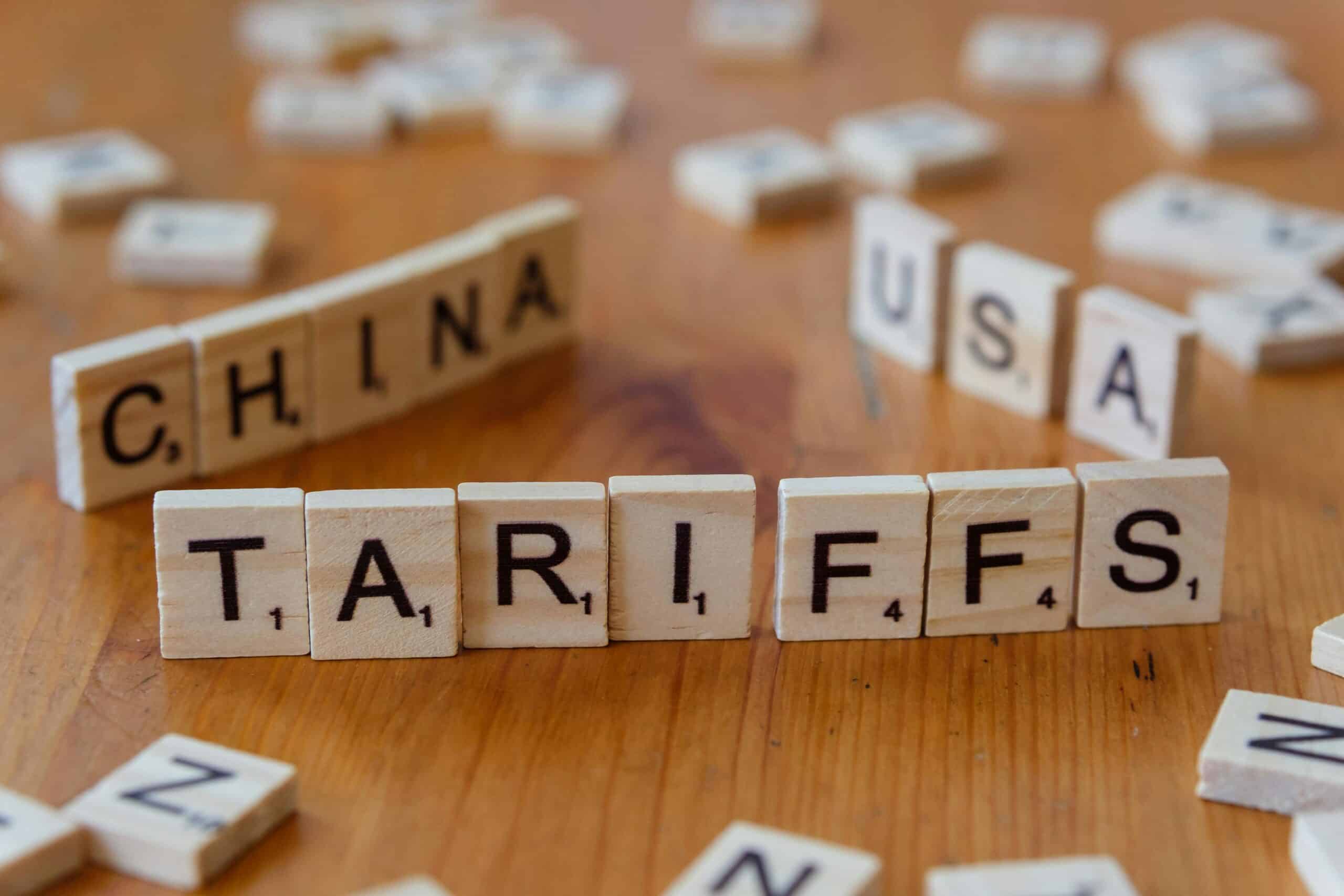
The United States and China have repeatedly adjusted tariff deadlines in 2025 as trade talks stalled and resumed. In July 2025, President Donald Trump signed Executive Order 14298, extending the tariff pause for Chinese goods by 90 days to prevent a rise in higher tariffs. The pasue expired on August 12, but according to the excutive order from the white house and the announcement on president Trump’s private-owned Truth Social platform. It is decided that the deadline would be extended by another 90 days to maintain the existing tariff truce.
Negotiation Rounds and Outcomes
In 2025, the diplomatic efforts to ease trade tensions between the United States and China progressed through a series of significant negotiations.
In Geneva in May, the first major talks resulted in a 90-day pause on escalating tariffs, with the U.S. reducing tariffs on Chinese goods from 145% to 30% and China lowering its tariffs on U.S. goods from 125% to 10%, also agreeing to remove non-tariff countermeasures.
Following this, in London in June, discussions focused on stabilizing the trade relationship and easing China’s restrictions on rare earth exports vital for U.S. industries, while the U.S. agreed to lift restrictions on ethane sales to Chinese manufacturers, highlighting high-level engagements involving Treasury Secretary Scott Bessent and Trade Representative Jamieson Greer.
In July, Stockholm hosted talks that laid the groundwork for further negotiations, addressing issues such as China’s purchase of Russian and Iranian oil and its sales of dual-use technology to Russia.
As the existing truce neared expiration, on August 11, 2025, President Trump signed an executive order to extend the tariff pause by another 90 days until November 10, 2025, maintaining current tariffs and a parallel Chinese pause on additional duties, preventing a surge in tariffs as the deadline approached.
Future Outlook for Tariff Deadlines and Trade Policy
As of August 12, 2025, the U.S.-China trade landscape remains in a fragile state of temporary stability, with both nations agreeing to extend the pause and maintain the standard tariff rate on Chinese goods at 30%, and China own rate on American goods at 10%.
This extension, set to expire in November 2025, provides a critical window for negotiations, but underlying tensions—such as disputes over China’s soybean purchases and alleged agreement violations—persist . While the truce has averted immediate escalations (e.g., potential 145% U.S. and 125% Chinese tariffs), structural disagreements and domestic political pressures in both countries cast uncertainty over long-term resolutions. Supply chains continue shifting toward Vietnam, India, and Mexico as businesses prioritize resilience, yet prolonged policy ambiguity risks disrupting strategic investments . The upcoming APEC summit and November deadline will be pivotal in determining whether this truce evolves into lasting stability or reignites trade conflict, with markets closely monitoring indicators like China’s rare-earth exports and U.S. agricultural trade data . Investors are advised to hedge against volatility while diversifying into nearshoring and emerging market opportunities .
